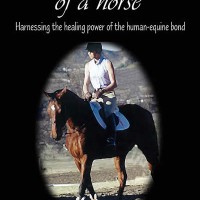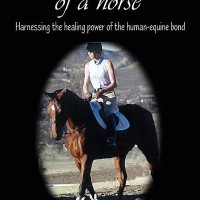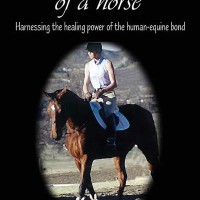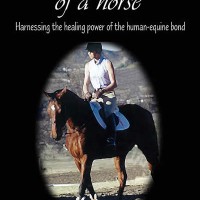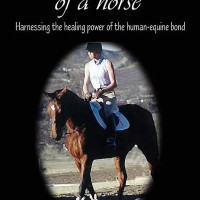
With America’s endless fascination with horse racing, and his own personal history with the sport, it’s no surprise that David Milch decided to introduce a new HBO series with horses right at the heart. Boasting such fame as Dustin Hoffman, Nick Nolte, Kevin Dunn, and even real life former jockey, Gary Stevens, “Luck” promises a thrilling ride.
While many books such as Seabiscuit, Ruffian, Wild Ride, and Secretariat have offered the public a glimpse into the inner workings of the thoroughbred racing industry, never before has a television series revolved around it.
And this time, not just the details of the pick six, trifecta, and boxed bets are revealed, but the intricate relationships that comprise life at the track are given their due time as well, as viewers are introduced to “Ace” played by Dustin Hoffman as the ex-con race horse owner trying to make his way back onto the track.
Continue reading Equine Therapy on the T.V.? by Claire Dorotik
